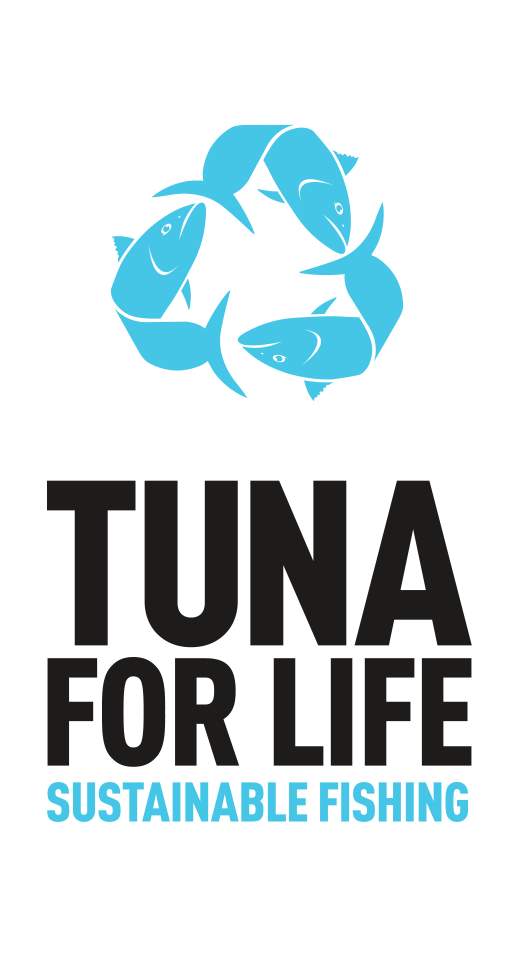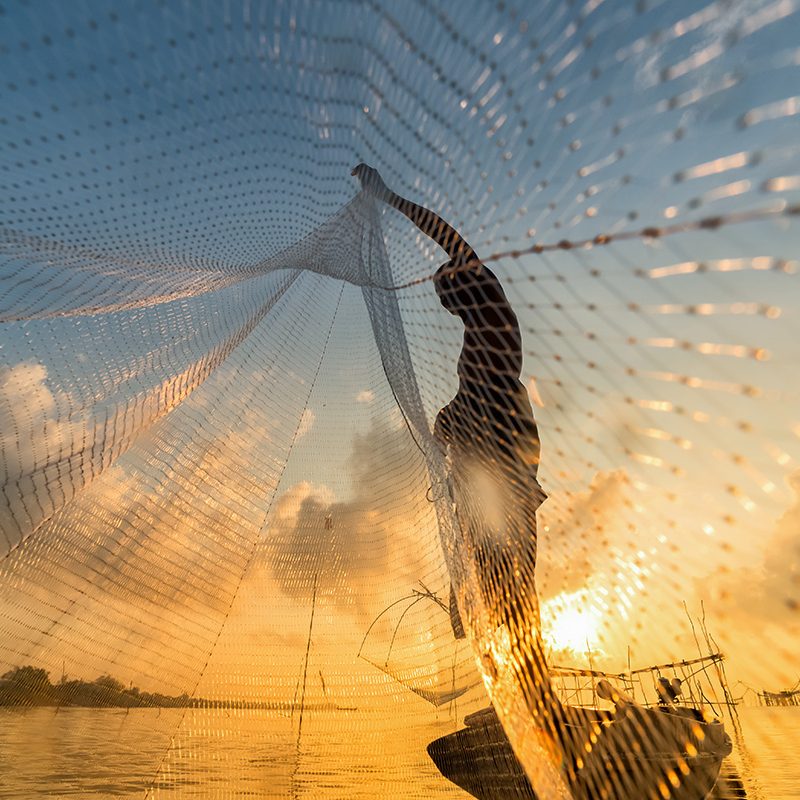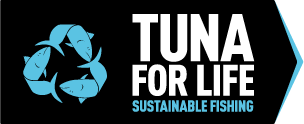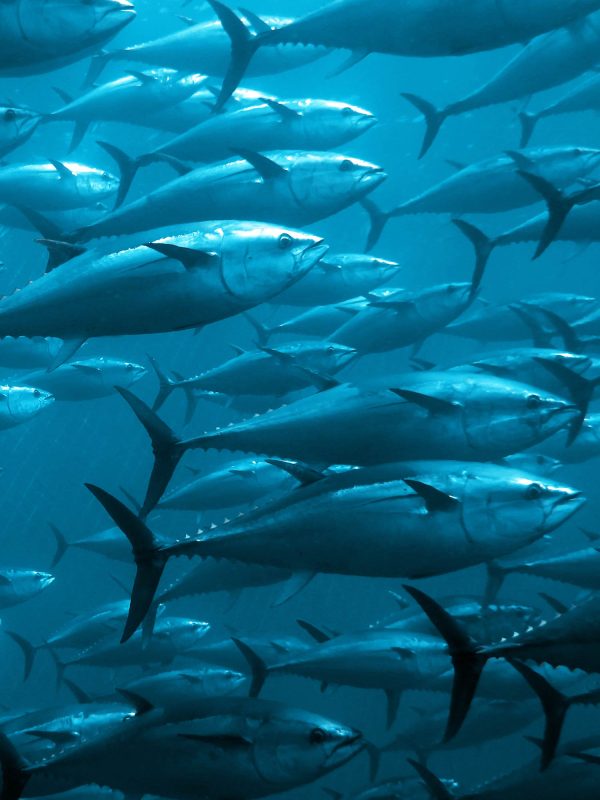
Sustainable Fresh Fish On Offer
Open Seas Offers Various Types Of Sustainable Fish. These Are Farmed Or Caught Via Sustainable Fishing Methods (Long Line, Pole Line, Handline). We Work Closely Together With Selected Organisations To Protect The Marine Ecosystem.
What is Tuna for Life
Open Seas works hard to support the future of tuna worldwide, this is enclosed in our key values. We believe it’s important to think about sustainable ways of catching fish. In 2012, Open Seas was involved in a fishery project in Indonesia, called FIP (Fisheries Improvement Project).
This project represents exactly what is important to Open Seas: a long-term vision, aiming for a sustainable way of catching tuna. A vision where levels of tuna population are guarded and maintained, and where local fishers receive honest rewards for their efforts. The ultimate goal of this project is to earn an MSC certification. By participating, Open Seas is coming closer to achieving this ultimate goal.

Sustainable Fishing And A Bright Future For The Tuna
All participants of the FIP share the same key value: sustainable tuna fishing. Together with SFP (Sustainable Fisheries Partnership) the participants have come up with a plan to make tuna fishing even more sustainable. This plan is divided into several steps. At this moment, the project has been put on the political agenda, in order to receive extra support from local and national governments.
What Makes This Tuna Sustainable?
- A clear project plan has been made in order to reach MSC certification
- Tuna is caught via handline or longline
- Traceability and transparency of fish catches
- Bycatch reduced to nearly zero
- All fishing boats are under supervision of a government observer. All data from these boats are collected and registered (biomass, fishing mortality, bycatch and unacceptable habitat impacts)
- Honest rewards for the fishers
How Can Tuna From This Project Be Recognised?
This is the logo that represents the values that are important to Open Seas. When you find this logo on the box/ label or other packaging, you can be sure that the tuna is Fisheries Improvement Project Indonesian tuna.

The Source
The three main landing sites for the Indian Ocean tuna longline vessels are Benoa (Bali), Muara Baru (north Jakarta) and Cilacap (Central Java) fishing ports (Proctor et al., 2003). Benoa fishing port contributes to more than 60% of the total tuna catch, with the dominant catch being the yellowfin tuna (IOTC., 2011).
The average annual catch of yellowfin tuna, reported from Benoa, has decreased since 2009, when the catch was 7,240 tonnes, to 5372 tonnes in 2010 and 3008 tonnes in 2011. Typical landings of Indian Ocean longline vessels in 2012 were comprised of bigeye, yellowfin, albacore, billfish (swordfish and marlin) and other species, such as opah, oilfish, sharks, tenggiri/wahoo and mahimahi.
The Indonesian tuna fisheries are comprised of artisan/small-scale and industrial fisheries. The sizes of the boats of the small-scale fisheries range from 10 to 15 meters in length. The vessels’ capacity is roughly between less than 10 GT up to 30 GT. The industrial-scale fisheries include longliners and purseiners, bigger than 24 meters in length and greater than 30 GT.
The tuna fishery in Banda Sea is a traditional fishery, where the average size ranges from 10 to 15 meters in length. The vessels’ capacity is less than 5 GT. The boat consists of 2 people with a small inboard engine.


Who Supports This Project?
Besides Open Seas, There Are Several Other Commercial And Non-Profit Organisations That Are Involved In This Project:
Stakeholders:
- Sustainable Fisheries Partnership
- Research Institute for Tuna Fisheries
- ATLI
- ASTUIN
- Yayasan Alam Indonesia Lestari (LINI)
Factory:
PT. Intimas Surya (own 28 longline fleets, based in Benoa Harbour, Bali)
Partners:
- Open Seas
- Amacore
- Cannon Fish
- Seafood Exchange
- North Atlantic
- Island Lobster
